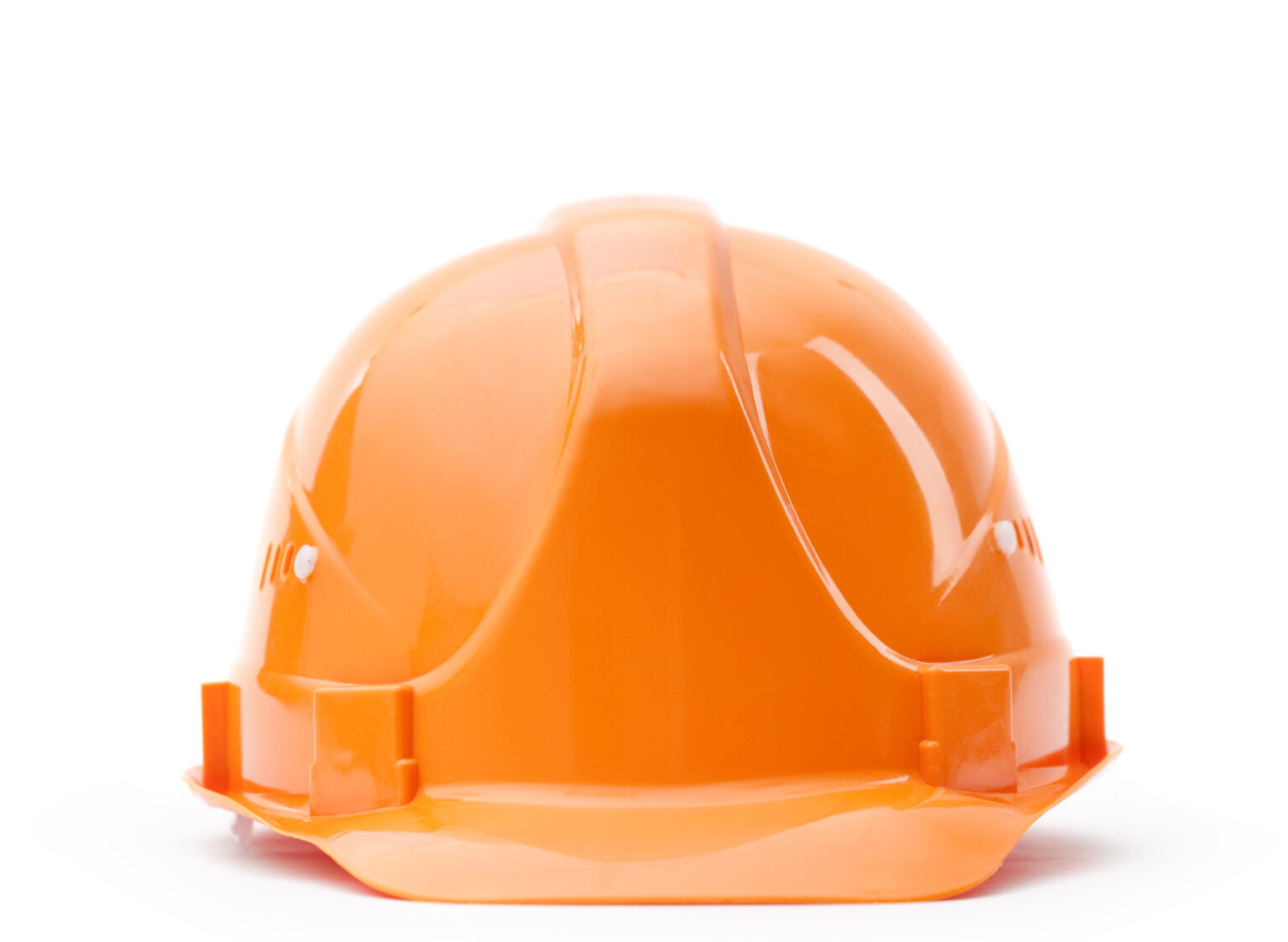
Hard hats protect workers from falling debris, low hanging objects, and electrical hazards. Before selecting a hard hat, workers and managers need to know the classes and types available and their purpose.
There are three classes of hard hats: class E, class G, and class C. Class E (electrical) provides electrical protection up to 20,000 V. Class G (general) provides electrical protection up to 2,200 V. Class C (conductive) offers no electrical protection.
There are two types of hard hats: type I and type II. Type I protects the head from impacts to the top, like falling debris or objects. Type II protects the head from impacts to the top and lateral sections, like bumping into a stationary object.
All hard hats are labeled with their class and type, as well as any certifications. ANSI 289.1 provides guidance for the certification and classification of head protection. OSHA standards 29 CFR 1910.135 and 29 CFR 1926.100 apply to industrial and construction workplaces. They require that employers provide adequate head protection that meets certification standards. These standards also state that workers should not alter or modify their hard hat for any purpose, as doing so limits their reliability.
Good head protection should be able to do the following:
Workers should regularly inspect their hard hats for damage or degradation. If any is found, the hard hat should be replaced immediately to ensure continued protection.
Related Posts